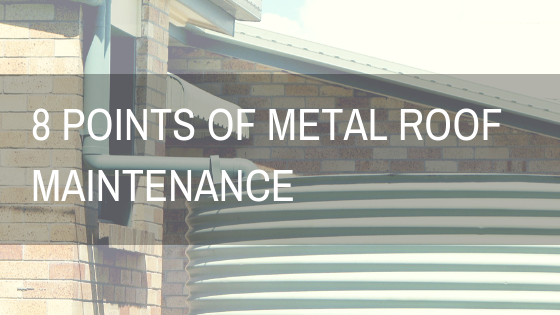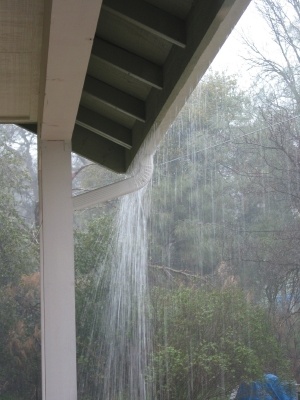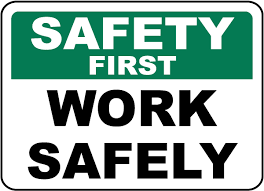
Regular roof maintenance is one of the most important factors in prolonging the lifespan of your metal roof, as well as protecting what's underneath it! But getting on the roof can seem daunting, and how do you maintain a roof anyway? Check out the 8 simple points in the 'explainer' video below and you'll have the basic know how to get you started!
1. Schedule regular maintenance

Maintenance should be carried out at least twice a year, preferably including at the end of autumn and the end of spring (before storm season in Australia). Inspections should also be carried out following extreme weather events, such as storms with heavy rainfall or hail. Depending on the extent of the observable issues, rectifications should be carried out as required by a specialised roofing contractor. If you feel confident about getting up on your roof, minor maintenance issues such as debris build up and washing can be carried out relatively easily. But don't worry if you don't feel confident (roofers are special breed of fearless when it comes to heights!), there are companies who services are specially designed to meet your roofing maintenance needs!
If you do decide to perform your own maintenance, take note of the following 7 points!
2. Getting on the roof
- When walking on unprotected roofing, soft-soled shoes should be worn. Pay attention to where you step, walking on at least two ribs at a time as possible to supports (i.e. screw lines – which indicate a batten is underneath).
- Avoid dragging heavy items across the surface of the roof to prevent scratching.
- Care should be taken during all maintenance to avoid damaging the protective top coating of the metal roofing materials installed.
- Ensure someone else is present while carrying out work on your roof!
3. Inspecting and maintaining roof sheeting
Start by performing an overall inspection to identify potential performance breakdown of installed products. Record your observations and then develop a plan of attack!
Simple cleaning and removal of debris is best carried out by:
- Sweeping surface debris into a pile using a stiff, soft bristled brush – avoid using hard tools that scratch!
- Place debris in receptacle and lower to ground
- Wash the whole roof and gutter with a hose, inc. high end of gutters and areas protected by overhangs and other roofing accessories.
- If significant fungal growth is found, identify and remove it.
- Metallic staining or rusting should be investigated to determine whether it is a metallic deposit on the surface or a breakdown of the coating.
- If it is a metallic deposit – remove completely by scrubbing
- Breakdown generally results from poor maintenance leading to ponding and corrosion - depending on the extent of the damage, replacement of the roof sheets may be necessary. In this instance, it's best to contact a metal roofing specialist who can determine the full scope of works, provide a quote and complete the works for you!
 4. Gutters
4. Gutters
Check your gutters for:
- Staining/rusting of gutters at possible ponding locations.
- Build up of dust and debris at high end of gutters.
- Build up of debris and leaf litter in gutter runs.
- Build up of debris at rainheads, overflows and downpipe entries.
Clean them using the same methods described for roof sheeting. Be careful on that ladder!
5. Downpipes
Inspect downpipes to ensure the free flow of water and prevent water backing up into gutters and potentially overflowing into roof cavity. A complete water test should be completed for each downpipe, making a note of the type of debris collected at each outlet or inlet (for future prevention measures, i.e. excessive leaf matter might indicate that gutter guard may need to be installed, or that more frequent maintenance is required.)
Check out our How to guide: Unclog a downpipe
6. Pentrations, flashings and capping
It's important to inspect for the build up of debris and organic mater between flashings/cappings and roofing material. It can be easy to miss, and because it's a little trickier than a quick sweep over, even easier to ignore! Any build up should be removed completely, using a stiff-bristled, soft brush to sweep between joins into a receptacle. Follow with a pressure hose to ensure no debris remains lodged. Pay attention to the top side of flashings, where water flows directly into or over. Take care not to drive water between flashings and penetrations into the roof cavity!
7. Unwashed areas (protected areas)
This includes all areas of the external cladding that are protected from natural rain washing (e.g. under eaves, exterior ceiling, etc.)
Simply use a pressure hose to manually wash these areas.
8. Fasteners
Inspect screws for breakdown of rubber washers and/or breakdown of fastening head. Replace as necessary according to manufacturer's specifications.
Please note: All maintenance should be carried out as per manufacturer’s specifications. These points are intended as guide only and should be referred to in conjunction with, and not in precedence of, manufacturer’s specifications.

Most importantly - SAFETY!
Be careful up there! Don't get on your roof if you don't feel confident, and make sure someone else is around to supervise if you do.
We hope this blog has provided you with some useful information on how to maintain your metal roof and gutters. If you have any further queries, or would like to have someone inspect your roof and provide a complimentary quote, please feel free to contact us via the comments box below, make an enquiry here or give our friendly team a call on
1800 476 634.
We'd be more than happy to help!
Updated 13th Jan 2020 to provide most current information.


